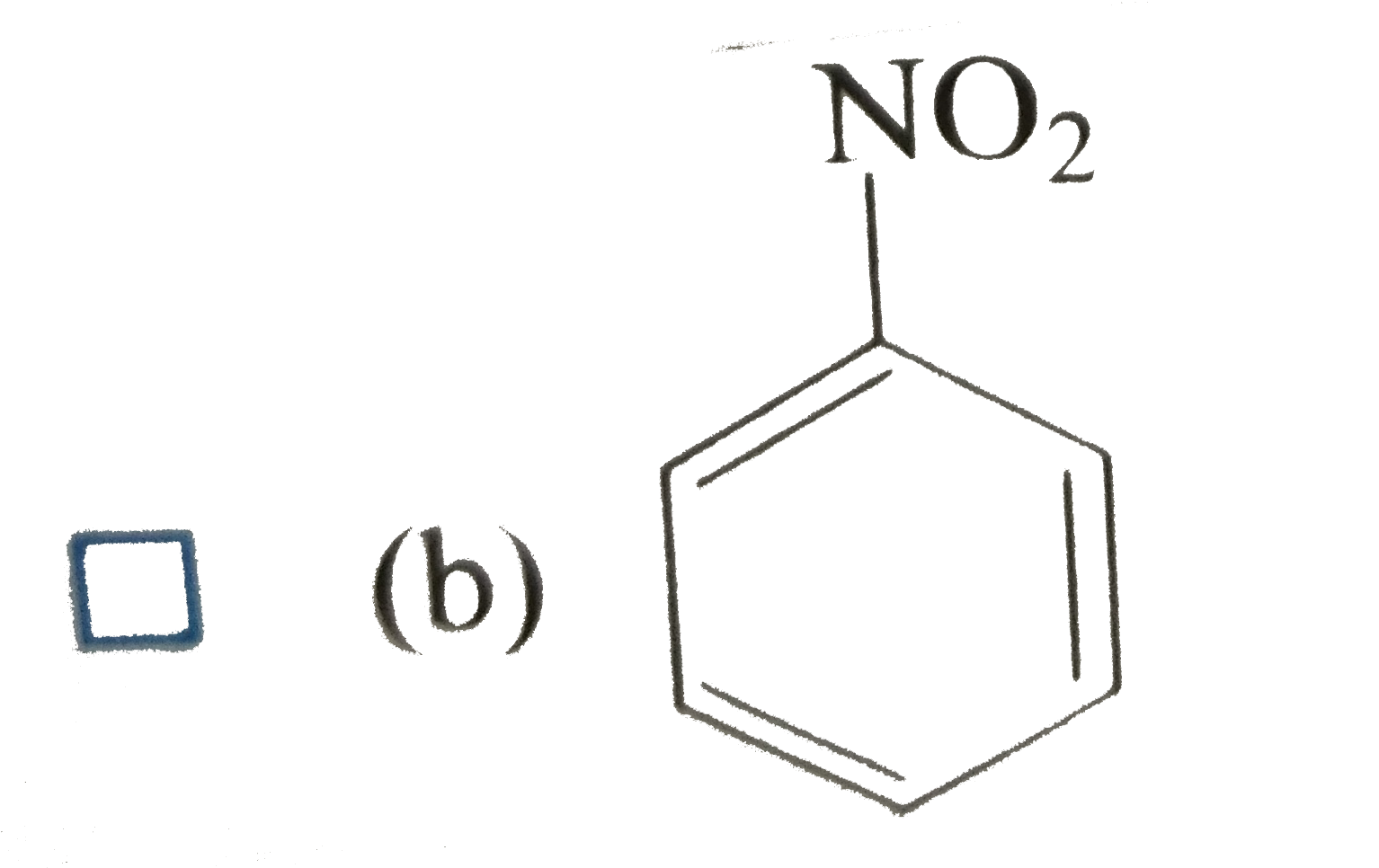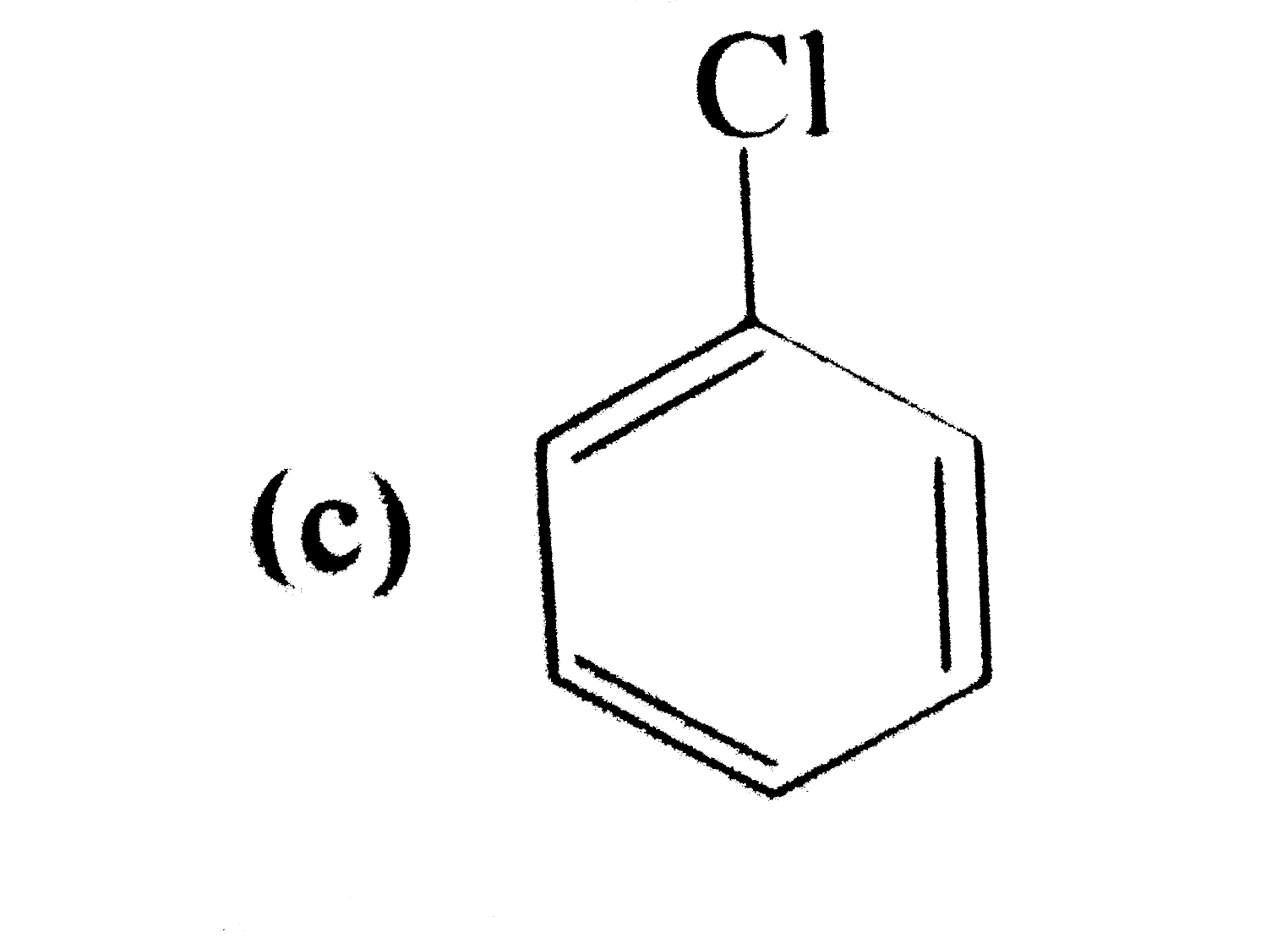Which of the following alkenes is most reactive towards electrophilic additon reaction?
A

B

C

D

Video Solution
Text Solution
The correct Answer is:C

is most reactive due to the presence of electron releasing group.
|
Topper's Solved these Questions
- HYDROCARBONSBOOK - MODERN PUBLICATIONCHAPTER - HYDROCARBONSEXERCISE - COMPETITION FILE (OBJECTIVE TYPE QUESTIONS) (MULTIPLE CHOICE QUESTIONS from competitive examinations (JEE (Main) and Other State Boards. Engineering Entrance))
50 Videos
- HYDROCARBONSBOOK - MODERN PUBLICATIONCHAPTER - HYDROCARBONSEXERCISE - COMPETITION FILE (OBJECTIVE TYPE QUESTIONS) (MULTIPLE CHOICE QUESTIONS from competitive examinations (JEE (Advance) for IIT Entrance))
4 Videos
- HYDROCARBONSBOOK - MODERN PUBLICATIONCHAPTER - HYDROCARBONSEXERCISE - COMPETITION FILE (OBJECTIVE TYPE QUESTIONS) (MULTIPLE CHOICE QUESTIONS WITH ONLY ONE CORRECT ANSWER)
45 Videos
- HALOALKANES AND HALOARENESBOOK - MODERN PUBLICATIONCHAPTER - HALOALKANES AND HALOARENESEXERCISE - UNIT PRACTICE TEST
12 Videos
- HYDROGENBOOK - MODERN PUBLICATIONCHAPTER - HYDROGENEXERCISE - UNIT PRACTICE TEST (for Board Examination)
9 Videos
Similar Questions
Knowledge Check
Which of the following aldehydes is most reactive towards nucleophilic addition reactions ?
ACCl3CHOBCH3CHOCC2H5CHODCH3COCH3.Which of the following is most reactive towards electrophilic substituion reaction ?
AAnilineBnitrobenzeneCBenzoic acidDAcetanilideWhich of the following is most reactive towards electrophilic substituion reaction ?
A B
B C
C D
D
Which of the following compounds is most reactive towards nucleophilic addition reactions ?
View SolutionWhich of the following compounds is the most reactive towards electrophilic addition reactions?
View SolutionWhich of the following is the most reactive towards electrophilic substitution?
View SolutionWhich of the following is most reactive towards electrophilic nitration ?
View SolutionWhich one of the following is most reactive towards electrophilic attack?
View Solution
